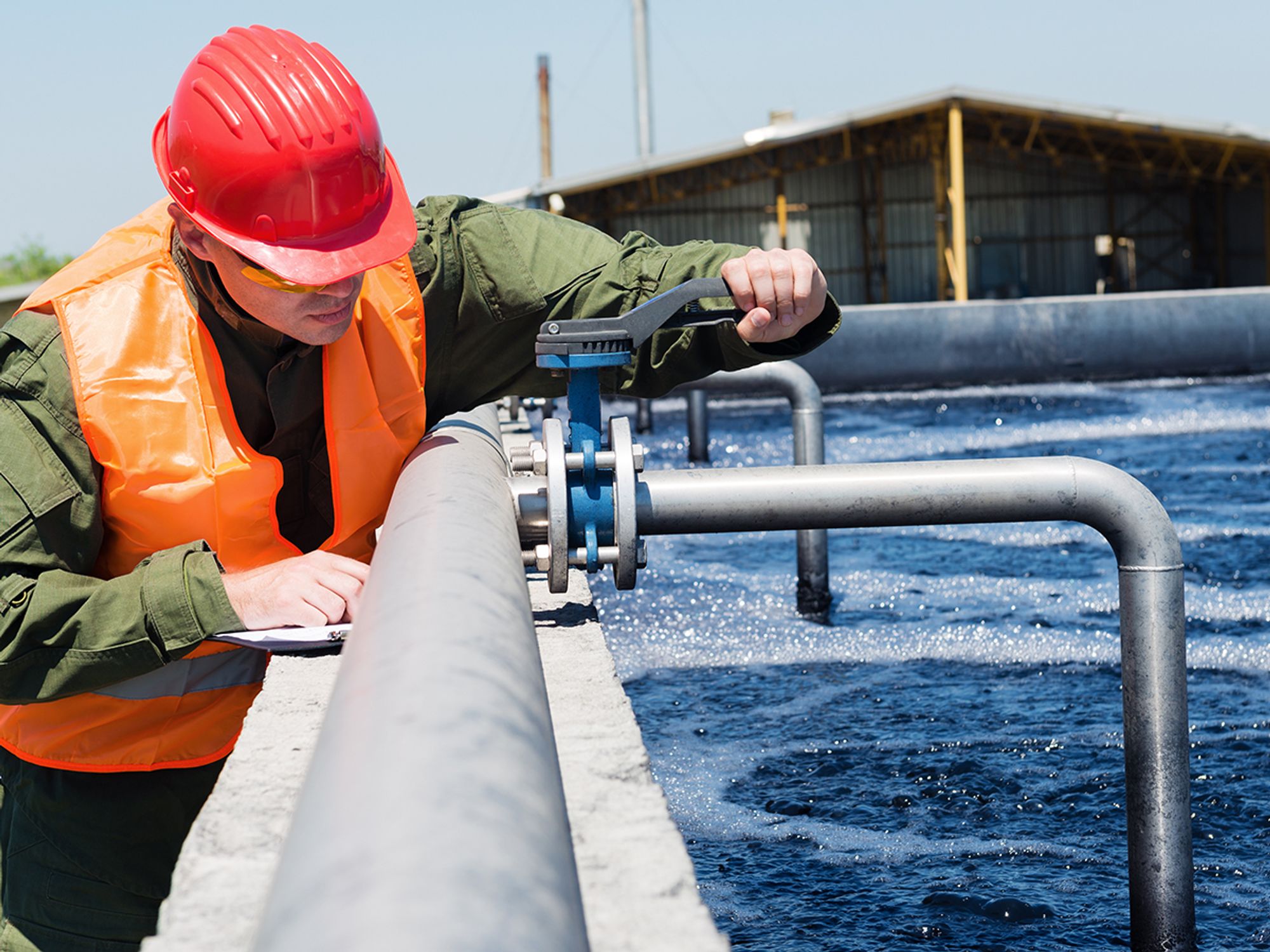Pretreatment program standards

- There are two sets of pretreatment program standards, categorical pretreatment standards and prohibited discharge standards.
There are two sets of pretreatment program standards:
- Categorical pretreatment standards, and
- Prohibited discharge standards.
These uniform national requirements restrict the level of pollutants that may be discharged by nondomestic sources to sanitary sewer systems.
Categorical pretreatment standards are limits on pollutant discharges to publicly owned treatment works (POTWs) that apply to specified process wastewaters of particular industrial categories. These are found in the regulations at 40 CFR 403.6 and 40 CFR Parts 405-471.
Prohibited discharge standards prohibit the discharge of wastes that pass through or interfere with POTW operations (including sludge management). These are the general prohibitions. There are also specific prohibitions that prohibit the discharge from all nondomestic sources, certain types of wastes that:
- Create a fire or explosion hazard in the collection system or treatment plant;
- Are corrosive, including any discharge with a pH less than 5.0, unless the POTW is specifically designed to handle such wastes;
- Are solid or viscous pollutants in amounts that will obstruct the flow in the collection system and treatment plant, resulting in interference with operations;
- Contain any pollutant discharged in quantities sufficient to interfere with POTW operations; and
- Have temperatures above 104°F when they reach the treatment plant or are hot enough to interfere with biological processes.
These standards are found in 40 CFR 403.5.
Local limits establish limits for pollutants (e.g. metals, cyanide, five-day biochemical oxygen demand, total suspended solids, oil and grease, organics) that may cause interference, pass through, sludge contamination, and/or worker health and safety problems if discharged in excess of the receiving treatment plant’s capabilities and/or receiving water quality standards.
If a facility qualifies as an industrial user, it’s the company’s responsibility to comply with applicable pretreatment standards and reporting requirements set by the local program. Demonstration of compliance requires certain users to submit reports, self-monitor, and maintain records.
